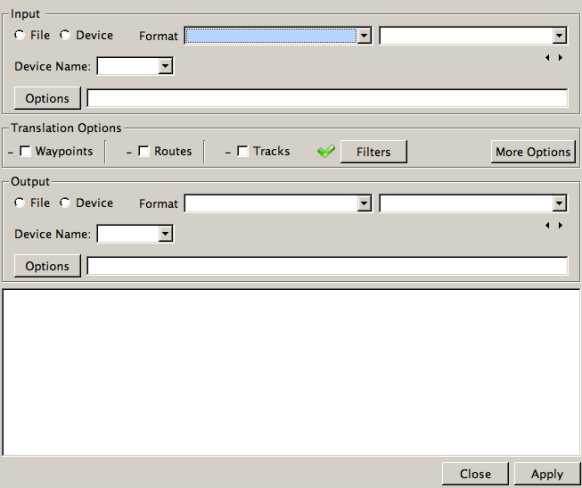
Other equivalent systems are in development by the European Union (Galileo), Russian Federation (GLONASS), and the People’s Republic of China (Compass). The generic term for such a system is a Global Navigation Satellite System (GNSS), of which NAVSTAR is currently the only fully operational system. GPS stands for Global Positioning System, and in most cases this refers to a system run by the US Department of Defense, properly called NAVSTAR. If you are already familiar with the general surveying techniques, and are comfortable producing information in GPX format, you can skip most of this article and head straight for the section Adding your traces to OpenStreetMap. Some of the details are out-of-date, but the general principles still hold. If you want very detailed information about surveying using GPS, you can read the American Society of Civil Engineers book on the subject, part of which is available on Google Books at. If you already own a GPS and are comfortable using it to record traces, you can skip the first section of this article and go straight to Techniques. Eventually, someone has to visit locations in person to verify what exists in a particular place, what it’s called, and other details that you can’t discern from an aerial photograph Aerial imagery needs processing before you can trace it, and it doesn’t tell you details such as street names. OpenStreetMap uses other sources of data than mappers’ GPS traces, but they each have their own problems: Out-of-copyright maps are out-of-date, and may be less accurate than modern surveying methods. Errors are canceled out over time by multiple traces of the same features. This means you don’t have to worry about getting a perfect trace every time you go mapping, or about sticking exactly to paths or roads. Instead, they’re used as a backdrop in an editing program, and the map data is drawn by hand on top of the traces. The traces gathered by mappers are used to show where features are, but they’re not usually turned directly into a map. This is the best way to collect the source data for a freely redistributable map, as each contributor is able to give their permission for their data to be used in this way. Much of OpenStreetMap’s data is based on traces gathered by volunteer mappers, either while they’re going about their daily lives, or on special mapping journeys. Without either of these, the job of building an accurate map from scratch using crowdsourcing would be so difficult that it almost certainly wouldn’t work. OpenStreetMap is made possible by two technological advances: Relatively affordable, accurate GPS receivers, and broadband Internet access. (For more resources on OpenStreetMap, see here.)


#SOFTWARE OPENSTREETMAP GPS TRACKS PROFESSIONAL#


 0 kommentar(er)
0 kommentar(er)
